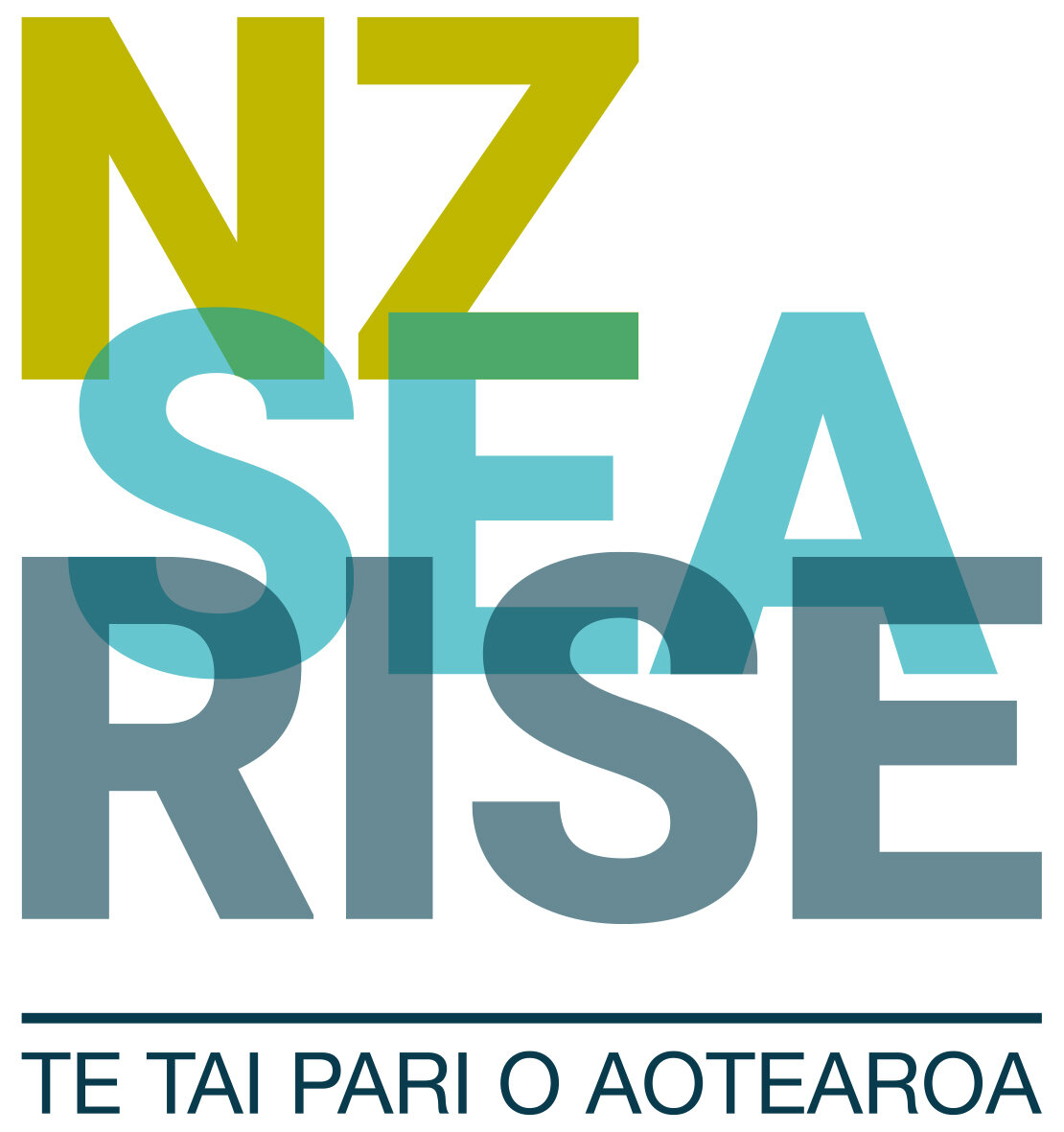Screenshot from the NZ SeaRise Project Takiwā website of the peninsula containing the Tiwai Point Aluminium Smelter and its associated landfill and storage.
Tiwai Point is a fascinating case study for sea level rise. The peninsula containing the aluminium smelter is experiencing uplift in some areas and subsidence in others.
Māori first inhabited Tiwai Point from around 1300, with peak occupation from 1400 to the mid-1600s. Pre-colonisation, Māori occupation of Tiwai Point lasted approximately 450 years in total. What made Tiwai Point special to Māori was the stone (argillite) - perfect for making adzes. Adzes made from Southland argillite were used for moa hunting, sealing, the hunting of smaller birds, and fishing. About 3,000 articles of archaeological significance were removed from this site, to be stored at the Southland Museum. Today what artefacts remain are at risk from coastal erosion and contamination from smelter activities.
The site for the construction of the Tiwai Aluminium Smelter was chosen back in the 1960s. Tiwai Point was deemed an ideal location for the smelter as it is relatively flat, close to a deep-water port, close to Invercargill, relatively close to the Manapouri Power Station, and had a large source of freshwater in the underlying Tiwai Aquifer. 50 years ago there was little foresight about the potential contamination risks to the aquifer, coastal environment, and beyond.
The Tiwai Peninsula with the smelter. The landfill area is indicated with a red line.
Spent cathode liners, also known as Spent Cell Liners or SCL, is a solid waste produced during the manufacture of aluminium metal. New Zealand Aluminium Smelters Ltd (NZAS), the company that owns the smelter, has a consent to ensure that leachate, rainwater, and storm water is captured from the area of the stockpile and treated. Once the treatment process is completed, the treated water is discharged to Foveaux Strait.
The smelter’s landfill contains approximately 250 Olympic-size swimming pools of waste (625,000 m3). The landfill is not lined. Waste piles are covered in Linear Low Density Polyethylene (LLDPE) plastic, then pea gravel in preparation for planting. From the surface looks ‘remediated’ as grass and shrubs grow.
Dross from the smelter is classified as a class 6 hazardous substance, which can generate poisonous ammonia gas if it comes into contact with water. This became a risk in the flooding of the Mataura River in February 2020. NZAS and the Government will halve the cost of the estimated million-dollar clean-up bill. In 2021, Cabinet approved $300,000 of Government funding to allow the Southland Regional Council to carry out site investigations of Tiwai Point.
The Tiwai Peninsula supports a variety of threatened plants and rare vegetation communities. It is ecologically significant regionally, nationally, and internationally. This area has a diverse plant community of red tussock, bracken, flax, coprosma, native grasses, and a variety of sub-alpine species. It is the largest coastal-lowland tussock-land in New Zealand, with 15 nationally threatened or uncommon species found here. Three types of skink are found on the peninsula, including the rare green skink, which is listed as a threatened species. Awarua Bay is an important wintering site for the endangered New Zealand Dotterel.
The Awarua-Waituna Wetland Ramsar site is now the largest protected wetland complex in New Zealand. The extension includes not only Waituna but also the Awarua Plains, the New River Estuary, Toetoes Harbour and Spit and the northern edge of Tiwai Peninsula. The Ramsar Convention on Wetlands is an intergovernmental treaty for the conservation and wise use of wetlands. Ramsar sites have significant value not only for the country or the countries in which they are located, but for humanity as a whole.
The Awarua-Waituna Wetland complex is also part of the East Asian-Australasian Flyway (EAAF). The EAAF stretches from the Russian Far East and Alaska, southwards through East Asia and South-east Asia, to Australia and New Zealand. During migration, waterbirds rely on a system of highly productive wetlands to rest and feed, building up sufficient energy to fuel the next phase of their journey. Godwits and Curlews visit the Awarua-Waituna Wetland and more than 80 bird species have been sighted there. 65 of these birds are dependent on estuaries for part or all of their lives.
Thank you to Janet Hodgetts of the Murihiku Regeneration for help with this case study.




